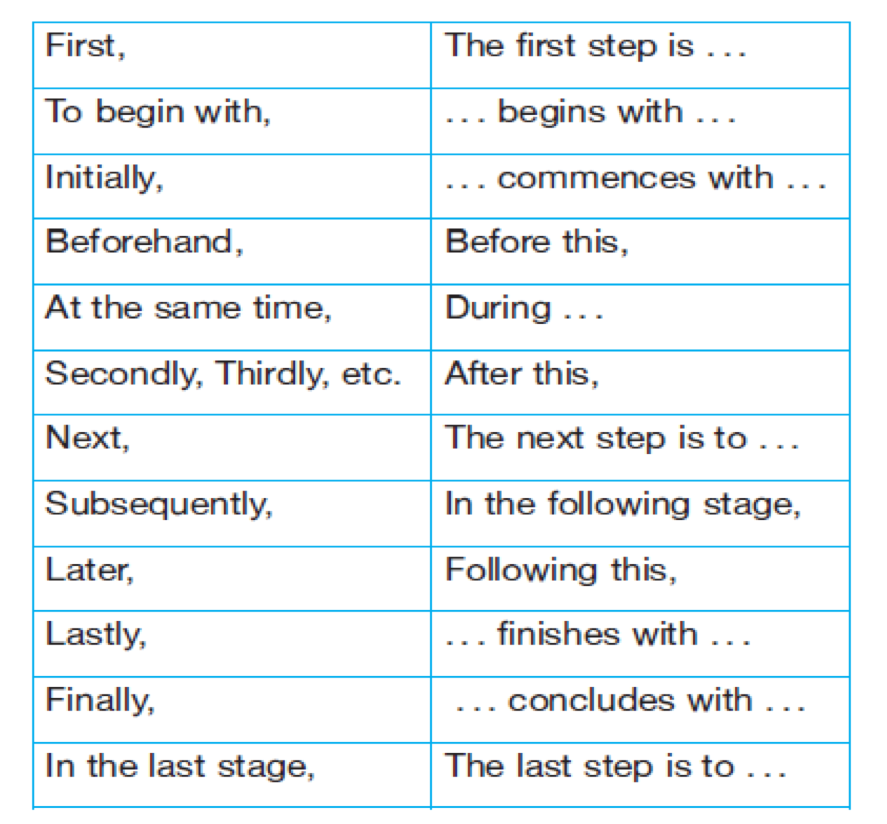How to write a good introduction
Importance
- most read part
- determine the attitude of reader
- the most dedicate part
The earlier you write the introduction part, the more you have to polish in the end. It's greatly suggested writing the introduction part after you finish the main body or at least the draft of your whole paper.
Writing grammar
Tense
- Present Simple/Present Continuous: this pair is used to state accepted facts and truths.
- Past Simple/Present Perfect: this pair is used to discuss the knowledge gap ( in a short literature review).
- Don’t change tense randomly and make sure you remember to change tense when you should.
Voice (passive/active)
- Use Active voice when it refers to your own thoughts/assumption/…
- Use Passive voice to achieve cohesion/coherence
Ingredients of introduction
Background
- Introduce the general research field (set the scene)
- Review the previous research (SOTA, express relative information in short)
Problems
- Indicate the problems that haven't been solved in the previous research
Proposed schemes/results
- Outline your methodology and objectives
- State your contribution
- Highlight the difference between your work and others
Outline the content of your paper
- Explain how the rest part of your paper is organized
Three moves to build an introduction
- Move1: Establish a research territory
- Move2: Establish a niche
- Move3: Present the existing work
Introduction writing tips
Build a concise introduction
Hook the readers with great first sentence
- anecdotes, surprising facts, fun turns of phrases, quotes
- bring the readers into your essay
- not to tell the whole story
- can be broadly related to your paper
Give your argument some context
- Historical background
- Related research/papers
- A few scattered facts
- Preview the structure of your paper
- Craft a unique, arguable thesis
Previewing your introduction
- Think about your "angle"
Consider your reader
- Differ from Chinese expression, academic English writing must give precise and accurate information to the readers rather than fathomable expressions.
- Make an outline
Avoiding common pitfulls
- Change your introduction when necessary
- Avoid the fluff that is a huge idea or vague
- Skip the sweeping generalizations
- Keep it short and simple
- Avoid announcing your purpose directly
The main idea of writing introduction is to inform the readers with necessary informations. You have to tell them what is needed to be known. Also, it's responsible for hooking the readers for further reading.
Writing about research methods
Purpose of method section
- To present a detailed description of the design of an experiment or an investigation
- To provide with careful instructions so that the process of your experiment or investigation can be easily visualized and replicated
- To provide enough information for the readers of your paper to judge whether your experimental methods are appropriate or not
Items that should be included
- Research problems/questions/hypotheses
- (Participants)
- Instruments
- Data
- Procedure
- Methods for data analysis
Move-step approaches for writing method section
- Data collection procedure
- Procedures for measuring variables
- Data analysis procedures
Tips for writing methods: precise, ordered, sufficient, past tense and passive voice
Data presentation
General rules for math writing
- Write clear and professional
- Formulas and equations follow the standard grammatical rules
- Don't use any unfamiliar abbreviations or shorthand forms
- Define all the terms as they are introduced
- Be clear about the status of every assertion
Describing figures and tables
Three parts that should be involved in data description
- Introduction should describe the purpose of report and say what overall trends you see
- Body should describe the most important trends, while all information is summarized to avoid unnecessary details
- Conclusion should sum up the global trends shown on the figure and compare them if possible.
Topic sentence: Figures/tables (line graph, curve graph, bar chart, table...) + verb (illustrate, indicate, state, reveal, demonstrate, describe) + information (title of the figures/tables)
Language of change: (past tense, passive voice)
- grew to, rose to, increased to, went up to, soared to, climbed to, rebounded to, jumped to, shot to
- dipped to, fell to, declined to, dropped to, reduced to, decreased to, slumped to, slid to
- achieved, reached, arrived at, hit, was up to, amounted to, stood at,
- fluctuated, went up and down, rose and fell
Adverbs
- slightly, slowly
- steadily, moderately, gradually
- considerably, remarkably, significantly, rapidly
- sharply, dramatically, drastically, steeply
Common expressions
- 峰值: the top, the summit, the peak
- 谷值: the bottom, the lowest point
- 上升: a rise, an increase, a jump
- 下降: a fall, a decrease, a drop
- 趋势: tendency, trend, inclination
- 大约:roughly, almost, approximately
- 倍数:half, double, twice, quarter, triple,
Editing & proofreading
Common problems in our writing
- Paragraphs
- Contractions
- Wordiness & redundancy
- Repetition
- Run-on sentences
- Use of “you”
- Formal vs. informal use of words
Common abbreviations in Latin
- e.g. “for the sake of example”
- i.e. “that is” (=)
- etc. “and the rest”; Never write “and etc.”
- et al. “and the others”; Usually for 4 or more authors.
- ibid. “in the same place”; In footnotes or citations when the source is the same as the previous citation. Id. can also be used.



